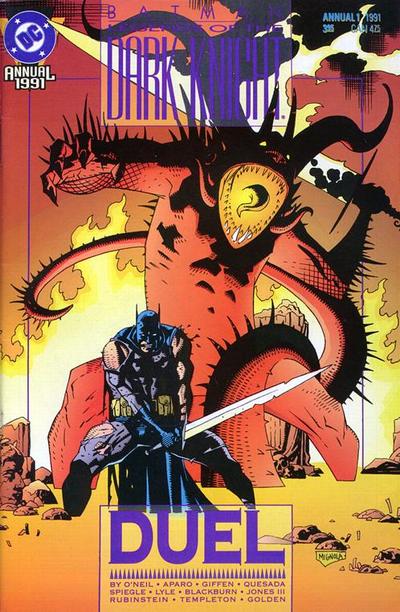https://www.comixology.com/Un-American-Chronicles-1/digital-comic/95418
https://www.comixology.com/Dawn-of-the-Undead-1/digital-comic/308622
https://www.comixology.com/Dead-Wrong-1/digital-comic/832312
I hope you enjoy them!
 |
| Kelley Jones |
 |
| Kelley Jones |
 |
| Marcelo Frusin |
 |
| Kieron Dwyer |
 |
| Kieron Dwyer |
 |
| Wanda Maximoff & Carol Danvers |
 |
| Squadron Supreme |
 |
| The Avengers versus the Squadron Supreme |
 |
| Captain America disagrees with Warbird / El Capitán América no está de acuerdo con Warbird |
 |
| Playboy |
 |
| The Green Lantern Corps |
 |
| Ganthet & Hal Jordan |
 |
| Oa |
 |
| Mike Mignola |
 |
| Jim Aparo |
 |
| Keith Giffen & Malcolm Jones III |
 |
| Joe Quesada & Joe Rubinstein |
 |
| Tom Lyle & Ty Templeton |
 |
| Dan Spiegle |
 |
| James Blackburn & Michael Golden |